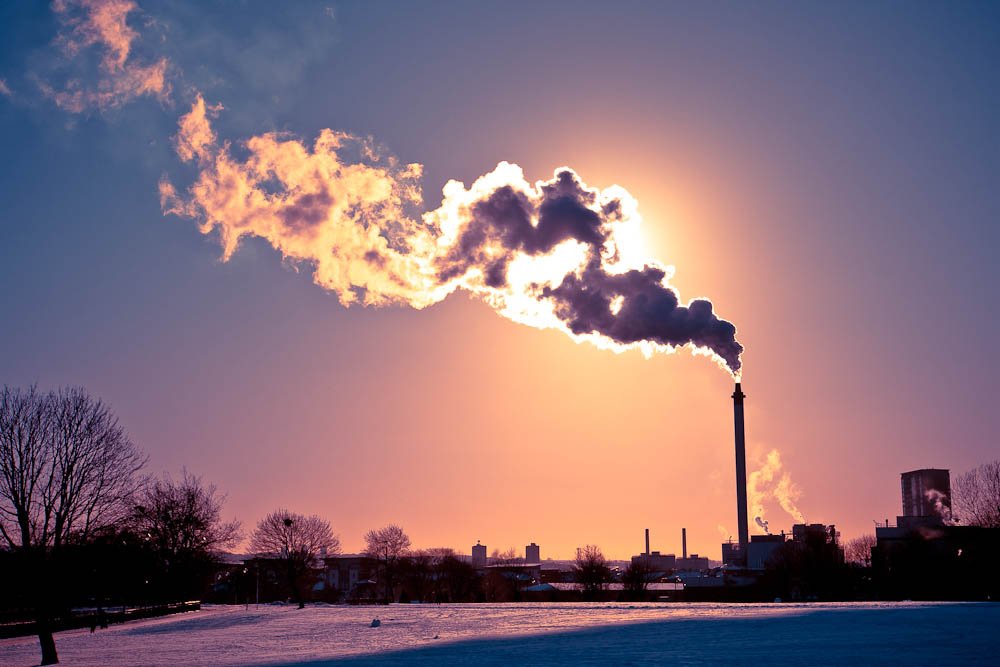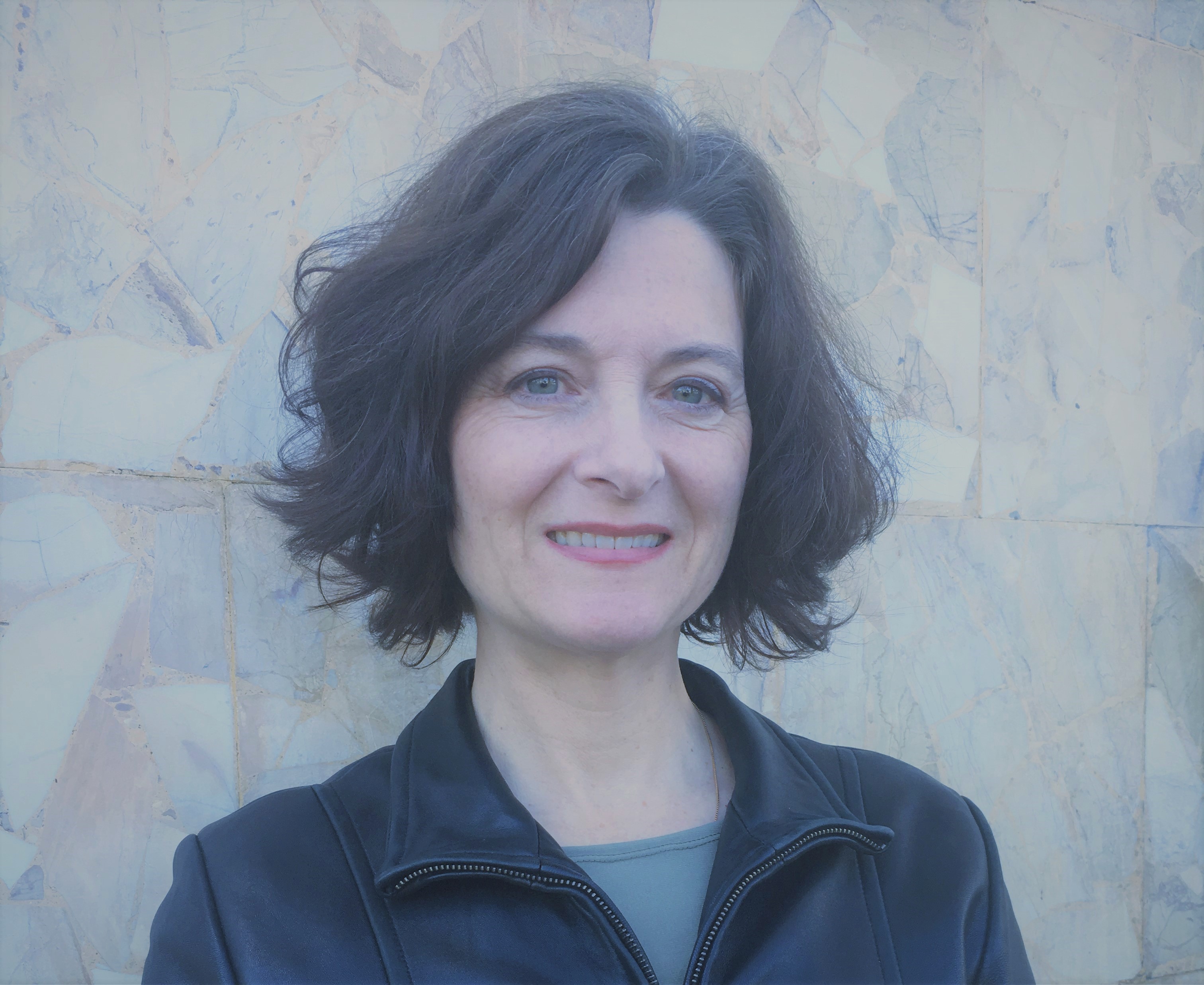
By Leanna Sweha
Last week, the Third District Court of Appeal upheld a lower court ruling that Cap-and-Trade is not an unconstitutional tax. This was a decisive victory for the state.
Members of the Air Resources Board’s Environmental Justice Advisory Committee (EJAC) likely have mixed feelings about the ruling.
On one hand, EJAC wants the state to scrap Cap-and-Trade. On the other hand, significant Cap-and-Trade revenue has been funneled to communities represented by EJAC.
EJAC advises the Air Resources Board on the Scoping Plan, which is the roadmap to reach state greenhouse gas reduction goals. EJAC’s members are representatives from disadvantaged communities, generally defined as communities with the most significant air pollution, including those with minority and low-income populations.
Last year, the state enacted SB 32, which requires a reduction in greenhouse gas emissions to 40 percent below 1990 levels by 2030. The Air Resources Board is currently considering a 2030 Scoping Plan Update. Cap-and-Trade is the central feature of the option recommended by Air Resources Board staff.
EJAC recommends against Cap-and-Trade and in favor of a Cap-and-Tax option in the 2030 Scoping Plan. Under Cap-and-Tax, each regulated source of greenhouse gases must reduce emissions below a cap and pay a tax on amounts emitted.
EJAC doesn’t like Cap-and-Trade, because regulated sources can avoid reducing emissions by buying emissions credits (allowances). It believes the program has led to increased criteria emissions in some of the communities it represents. EJAC criticizes the state for providing free allowances to avoid “leakage,” where a source moves out of state because of costs. EJAC also doesn’t like the fact that regulated sources can buy offset credits that pay for emissions reductions outside the state.
Cap-and-Trade revenues from state sales of emissions allowance go into an account called the Greenhouse Gas Reduction Fund. By law, a minimum of 25 percent of total expenditures from the fund must go to projects that benefit disadvantaged communities; of that, a minimum of 10 percent must go to projects located in disadvantaged communities.
The Air Resources Board reports that, as of January 1, 2017, 50 percent of implemented project funds benefitted disadvantaged communities, and 34 percent went to projects in disadvantaged communities. That’s $614 million benefitting disadvantaged communities out of a total of $1.2 billion.
EJAC apparently believes this is insufficient funding, because it has requested that new funding sources be committed in the 2030 Scoping Plan. Its recommendations state, “To ensure adequate and continued funding of programs, Environmental Justice communities must have access to additional funding beyond Cap-and-Trade and the Greenhouse Gas Reduction Fund.”
The Legislature still needs to reauthorize Cap-and-Trade beyond 2020. There is a pending bill to do that. If passed by a 2/3 majority, it would protect Cap-and-Trade in case last week’s decision is appealed to and overturned by the California Supreme Court. However, a supermajority vote may be a tough sell after the transportation tax bill, which barely passed by a 2/3 majority.






Really? We’re funneling money to this?
If not the CA Supreme Court then we can all be thankful for Gorsuch.
Is this part of the reason why our PG&E bills have been skyrocketing?